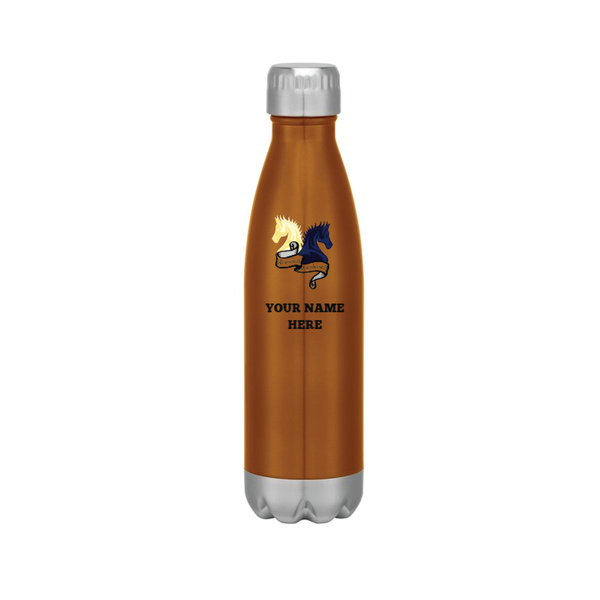+1 929 346 6766 info@tri-cpromo.com
Bring you wonderful choices, like primary colors do
In fact, on this topic, some media have paid close attention to it, and a related person made a special experiment: I found a custom vacuum insulated stainless tumbler China, put tea in it, and close it tightly The cups were left stationary for 72 hours. As a result, the cup "corroded". "Experts explain" that stainless steel contains chromium and is released into the tea.
Chromium is a toxic heavy metal, so it is concluded that tea cannot be made in stainless steel cups, it is toxic! This conclusion caused an uproar for a while. What about the facts?
The name "stainless steel" naturally makes people think that this kind of steel will not rust. In fact, stainless steel is not "the diamond is not bad", it is only relatively difficult to rust.
The corrosion resistance of the stainless steel vacuum eggshell thermos cup depends mainly on the content of chromium. When the content of chromium in stainless steel reaches 12%, in the atmospheric or oxidizing environment, chromium can spontaneously form a thin passivation film to prevent further oxidation and corrosion, so it generally does not rust in daily use. However, when encountering materials such as acids, alkalis, salts (the influence of alkaline substances on stainless steel is relatively weak) or the passivation film is damaged, corrosion may still occur.
In other words, it is necessary to corrode stainless steel for a long time before the visible corrosion results can occur. While the tea is nearly neutral, its ionic strength is very low, it is almost non-corrosive, and it is even less likely to cause visible corrosion within tens of hours.

Stainless Steel Vacuum Eggshell Thermos Cup
A large number of equipment in food production are stainless steel, which is more acidic and longer. If tens of hours of tea brewing can cause visible corrosion, then those equipment will not be replaced for a long time. The biggest possibility of "corrosion" in the above tests was the deposition of tea stains on the cups.
Hazard from dose:
Stainless steel does contain chromium, and it is theoretically possible for chromium to migrate to water. However, there are national standards for stainless steel for catering containers, which stipulate the migration amount under specific conditions.
Considering the health risks of chromium (especially hexavalent chromium compounds), countries around the world have strict regulations on the amount of chromium in stainless steel utensils. The relevant national standards in China stipulate that the chromium migration of stainless steel vessels should not exceed 0.4 mg / dm2, and the method of measuring this migration is to boil in a 4% acetic acid solution for 30 minutes and then soak for 24 hours. The pH value of 4% acetic acid solution is about 2.5. After throwing a piece of stainless steel in it for 30 minutes and immersing it for 24 hours, the chromium transferred per square decimeter surface should not exceed 0.4 mg.
Unlike acetic acid solution, tea water has only very weak acidity (the pH of tea water varies according to the type and concentration, usually between 5-7), and the corrosion effect on stainless steel is much less. Assume that tea with pH 5.5 is used for such an immersion experiment. To migrate 0.4 mg of chromium, it takes about 246 hours, that is, continuous immersion for 10 days. This is to ensure that no passivation film exists on the stainless steel surface. The response can only be achieved under the premise of always happening.
In the actual situation, the tea will not boil in the stainless steel cup for 30 minutes, and then considering the factor of the passivation film, the actual reaction speed will be slower. Therefore, as long as the stainless steel cup you use is a product that meets the standards, do not put a cup of tea for too long (if you really put the tea on for several days, mold and deterioration may be the first thing to worry about), you do n’t need to worry about the chromium that migrates The element is out of specification.
Food is such a complicated system. With the increasingly advanced detection technology, the detection of "harmful ingredients" is completely normal. But still the sentence: "Leaving the dose to talk about toxicity is a hooligan."
In reality, food is normally contained, and even if chromium is precipitated, it is far from being "harmful". The so-called "chrome released by stainless steel cups of tea is harmful to the human body", from the actual data, it is untenable. Hot sale stainless steel thermos cup is also the most mainstream tea set now.